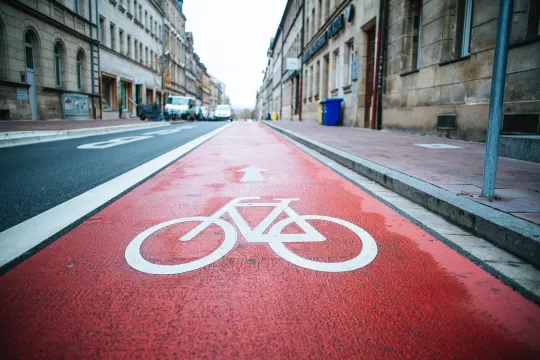Active banners: 2 Visible banners: 2
Banner ID: 12 Has content: true
The Telling Room call to submit Youth Writing and Youth Art Exploring Climate Change
Banner ID: 13 Has content: true
Hi, educators! Share your student reach in our short Impact Survey 📚 Survey Link
The Best Dutch Cycling Infrastructure
Provided by: Not Just Bikes |Published on: April 27, 2021
Videos
6789101112
Synopsis
- This video is about the system of bicycle-only roads in the Netherlands.
- Students will learn about the benefits of these roads, including convenience, improved safety, and better quality of life.

Subjects: Civics
Authors: Not Just Bikes
Region: Europe
Languages: English
Teaching Materials
Positives
- It provides beautiful footage of biking around the Netherlands on bicycle-only roads.
- Students can visualize the benefits and see how bike traffic flows in a well-designed biking system.
Prerequisites
- There is an ad before the video.
- Students should understand how increased bike access can result in cleaner air, fewer carbon emissions, more equitable transportation access, and a healthier population.
Differentiation & Implementation
- Students in geography classes can compare bike lane maps in the Netherlands to bike lane maps in their own communities.
- Students who are inspired to take action can contact a local representative and advocate for more bike lanes or start a Walk and Roll Day.
- Other resources related to this topic include Why Protected Bike Lanes Are More Valuable than Parking Spaces, Underground Bicycle Parking Is Amazing, and Car-Free Streets Are Amazing (And We Need More of Them).
- A lesson on this topic is Green Transportation: Electric Cars vs. Bicycles.
Scientist Notes
Teaching Tips
Standards
Resource Type and Format
All resources can be used for your educational purposes with proper attribution to the content provider.
Teaching Materials
Educator Support
My Account



